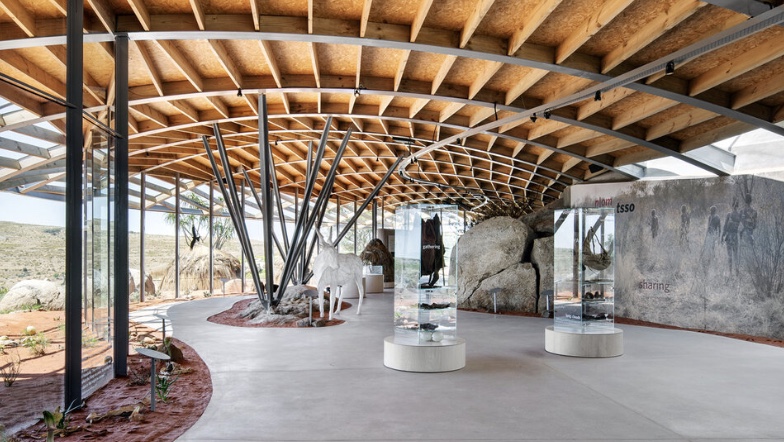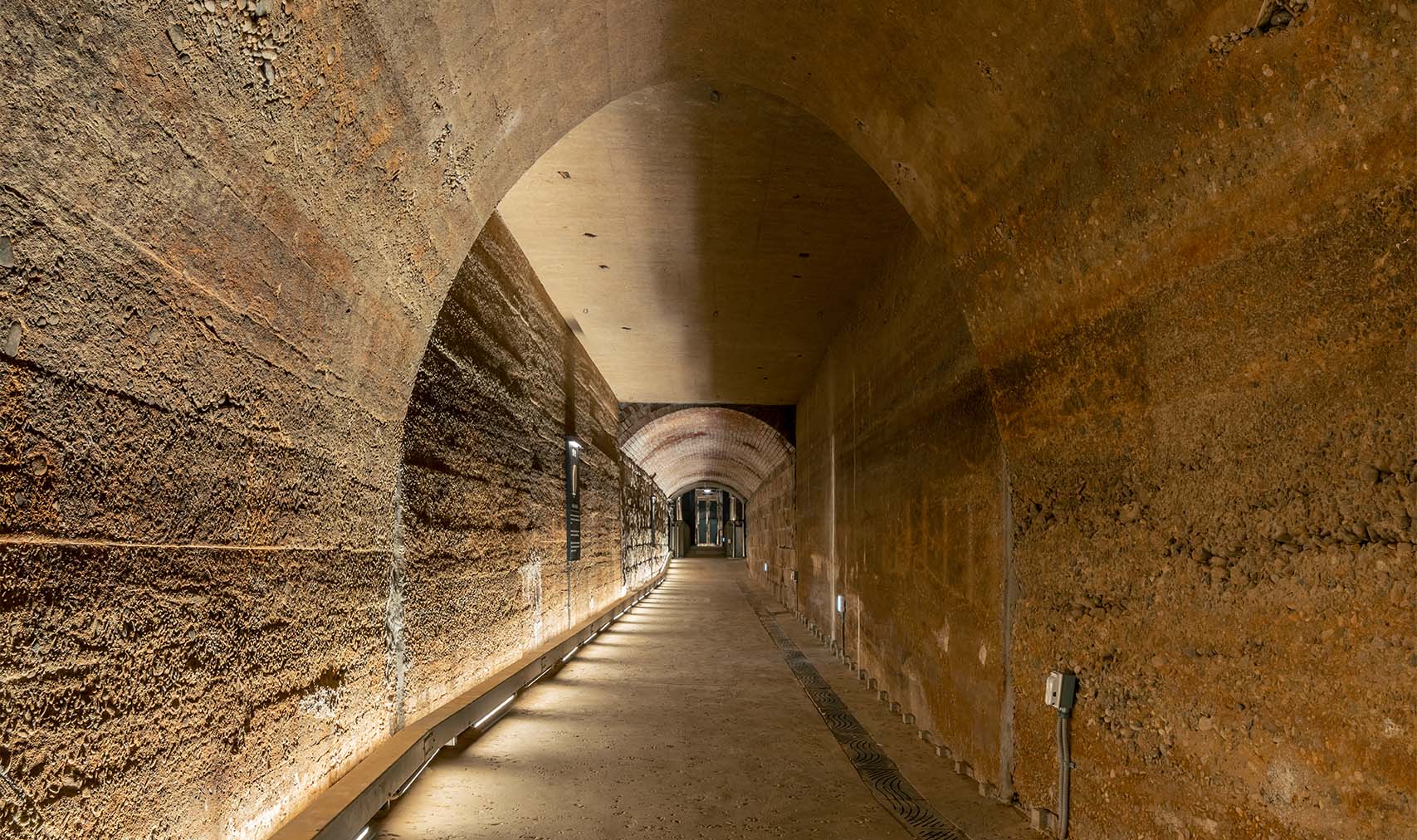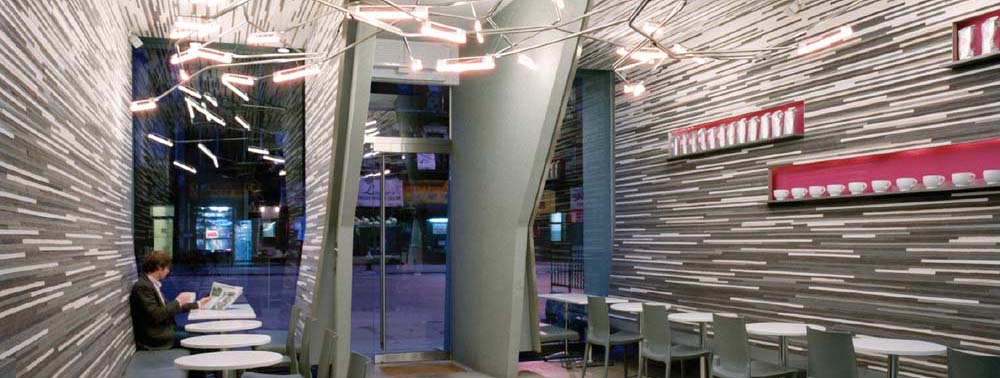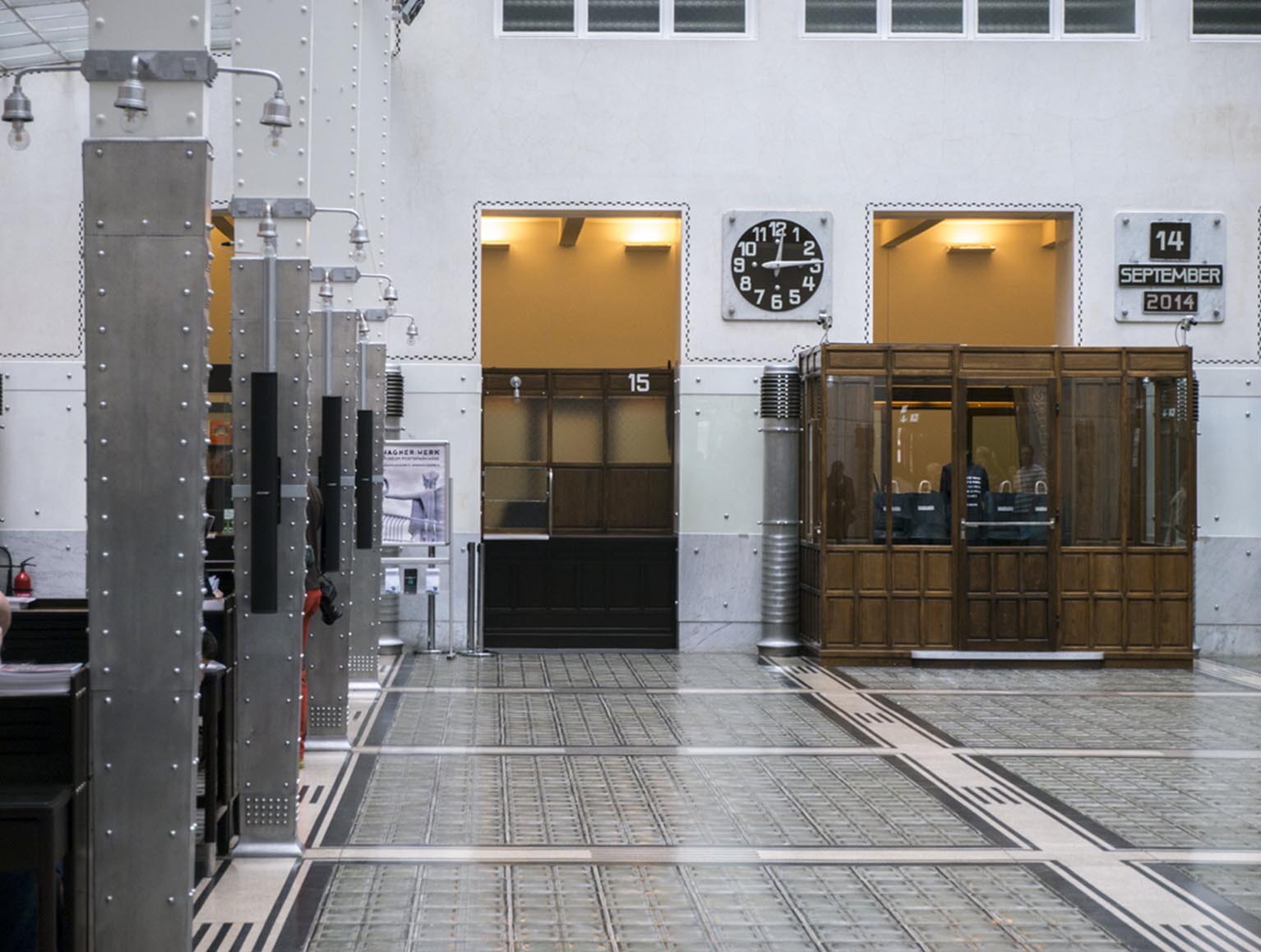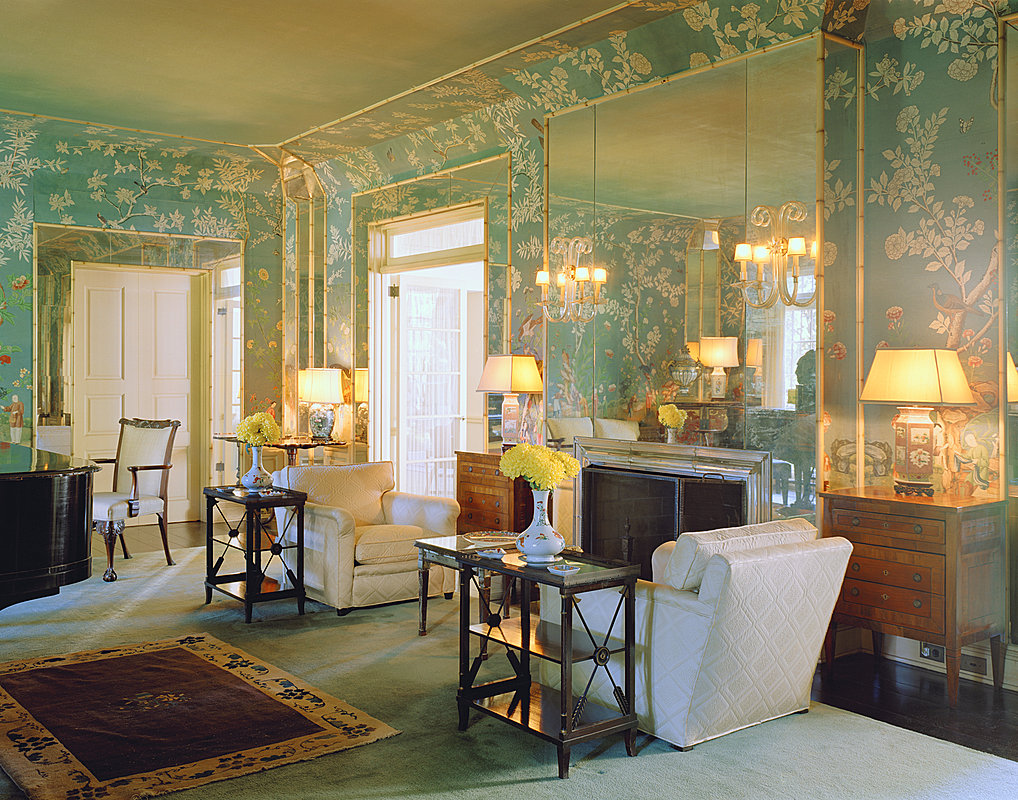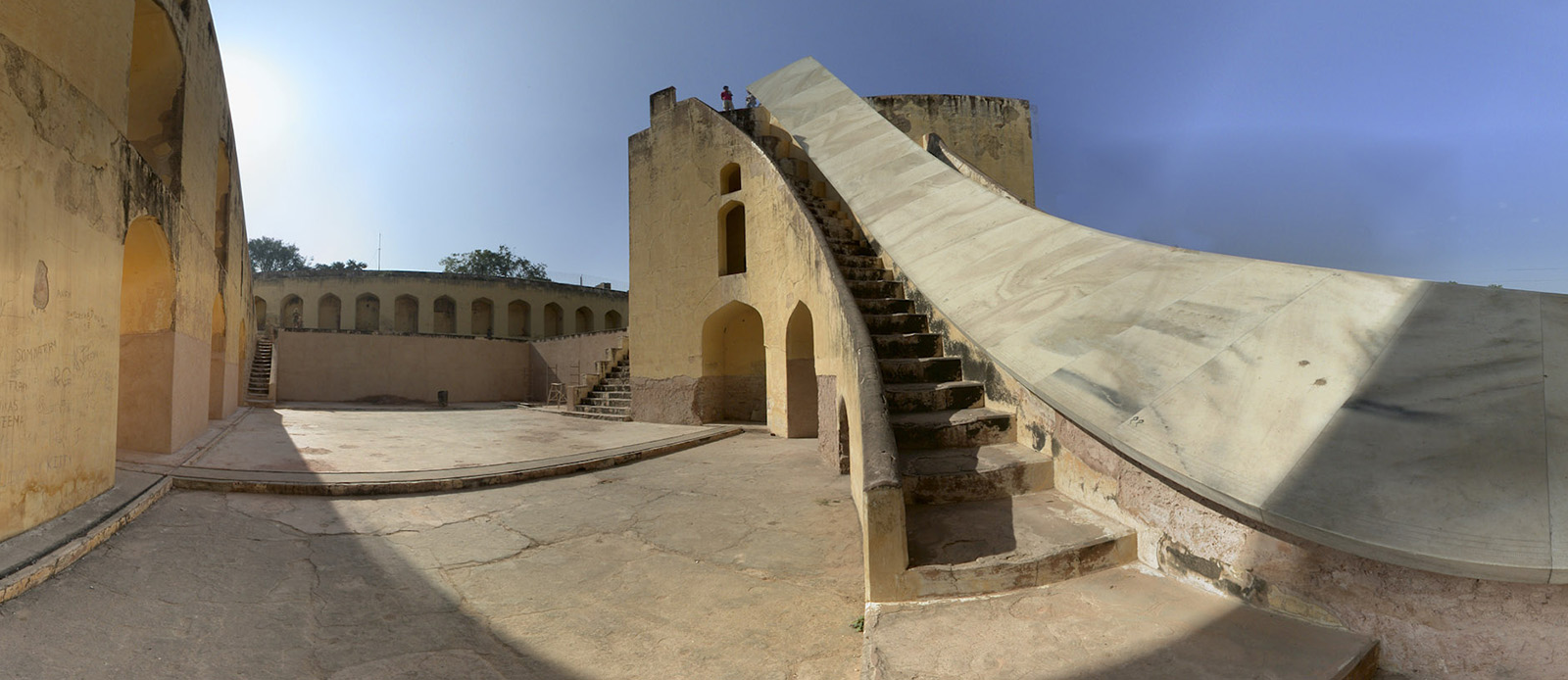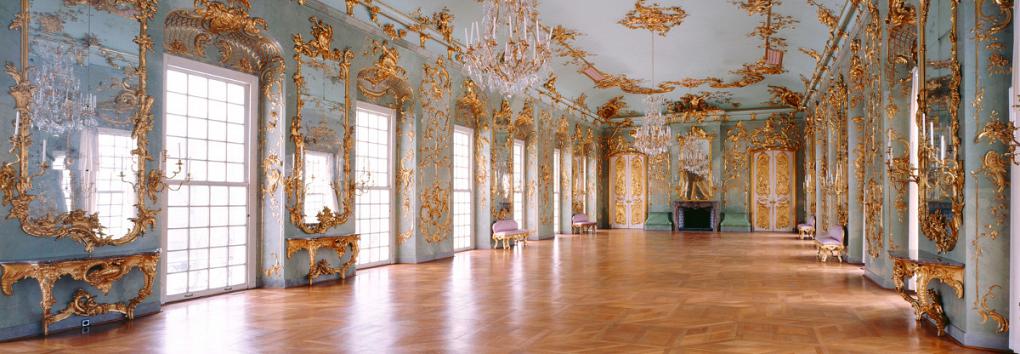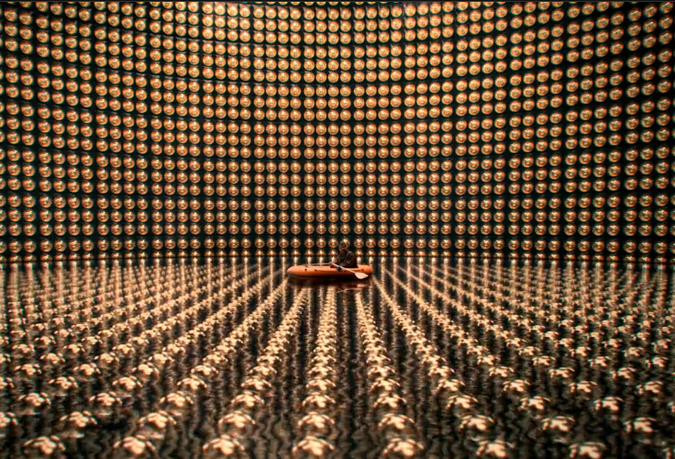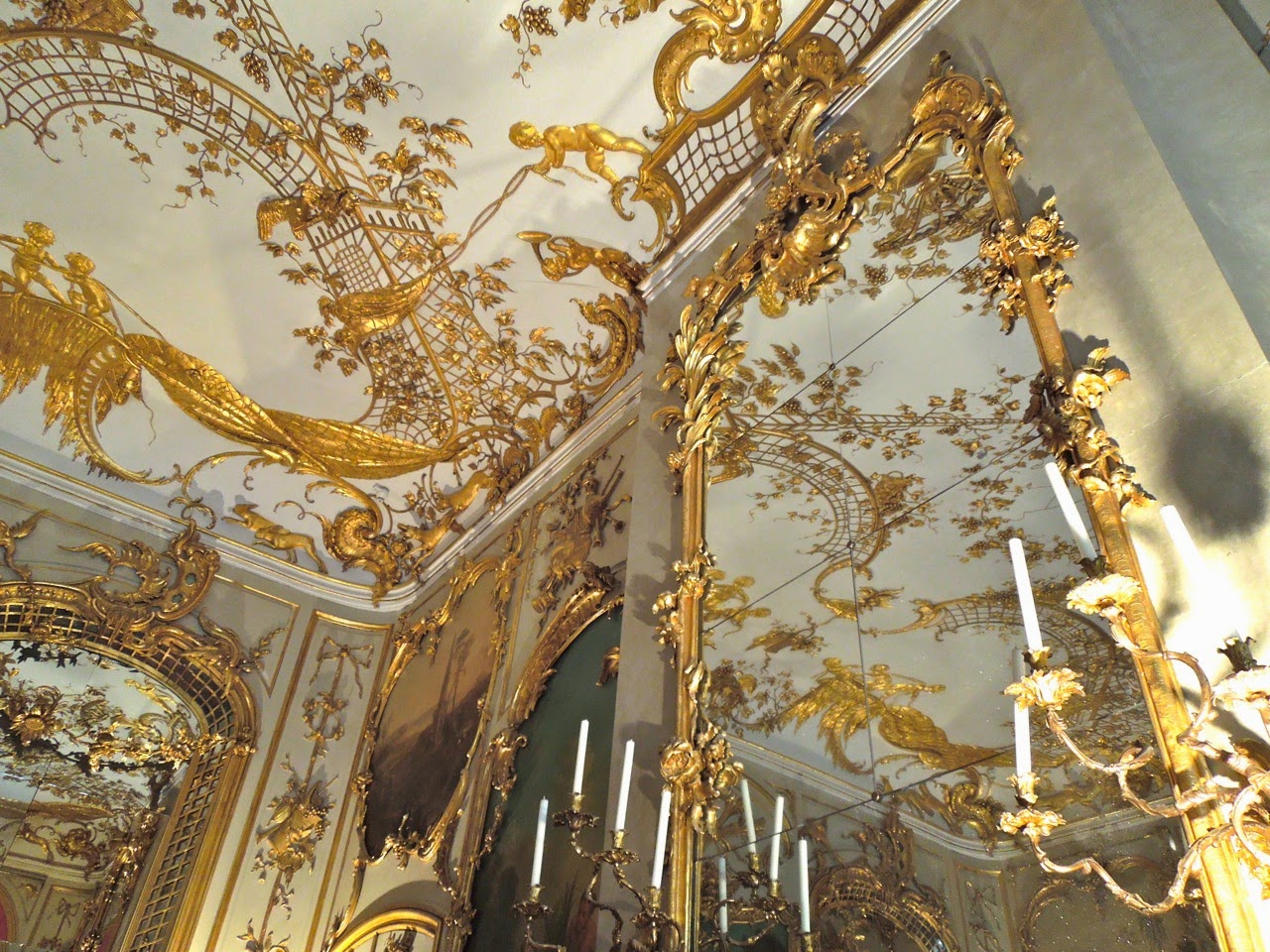Tagging Guide
This guide will provide some guidelines to help you decide how to tag your images. While you are not required to follow these suggestions, they may prove helpful in accurately identifying important aspects of your image. Click on the links to look up the definition of the vocabulary if you are unsure of which tags to use.
Title
Fill in this section with a short (2 or 3 word) title that includes the Room Type – Building.
Artist/Designer
Fill in this section with the name of the interior’s designer or artists.
Category
Please select the category or categories that best describe your interior. Some interiors may fit in more than one category. In this scenario, select the categories that best describe your interior.
- -Art and Interiors: Interiors that appear in the Fine Arts including drawings, paintings, photography, mixed media, installation art, or conceptual work that use interiors. (Categories include Painting, Sculpture, Photography, Installation, Drawing, Mixed Media).
- -History and Interiors: Interiors that are historically significant such as those that appear(ed) in publications and referenced in museums or historically themed exhibits. All posts are included in this section. (Categories include all styles, locations and time periods listed in the tagging guide). Subcategories include a range of styles, and date ranges that highlight a variety of periods and foci such as California Modern, Palatial Libraries, the Gilded Age and the Machine Age. (these tags could be seen as ones that periodically change over time)
- -Fiction and Interiors: Interiors that appear(ed) in film, television, theater, or conceptual interiors that appear(ed) in exhibition spaces or proposals completed as computer generated models as part of a proposed space
- -Science and Interiors: Interiors that derive(d) decorative inspiration or possibility from new technologies, innovative uses of materials, and creative installation. Subcategories include: Math that compiles projects with roots in mathematical principles such as the Classical Proportioning Systems outlined by Vitruvius, the Golden section, and Modular Man.; Fabrication which groups innovations in product design used in interiors (furniture, textile, glass etc.); Engineering groups interiors that highlight the expression of structure within the language of the interior design, i.e. Shigeru Ban's (2005)Nomadic Museum on NYC's Pier 54, Saarinen’s (1962) TWA Flight Center; Finishes highlights the opportunity to search by materials from marble, glass, stone to cardboard; and Technology as a subcategory includes projects that forefront the use media, (light, motion graphics, digital interactive work, and solar/ energy harvesting materials) The interactive work of Rockwell Group's LAB, Jenny Sabin Studio and LAbstudio illustrate a range of projects in this area.
- -Nature and Interiors: Interiors that derive(d) decorative inspiration or possibility from nature and/or notions of sustainability; this category includes outdoor interiors such as gardens
Location
Select the country/region of your interior’s origin from the drop-down menu. If you are uncertain of the origin, make your best guess.If you cannot find the location on the pull down, add it to the text field of Further Reading.
Styles and Periods
Styles and Periods contains the names of art and architecture styles, historical periods, and art movements.Please select the classification(s) that best describes the style(s) or movement(s) reflected in your interior.
- -Aesthetic (mid-to-late 19th - early 20th century)
- -Art Nouveau (20th century)
- -Arts and Crafts (mid-to-late 19th century)
- -Art Deco (20th century)
- -Baroque (late 16th – 17th century)
- -Bauhaus
- -California Modern
- -Classical (continuous)
- -Classical Revival
- -Contemporary (21st century)
- -Eclectic (continuous)
- -Gothic (mid-12th – 16th century)
- -Gothic Revival
- -Medieval
- -Modern (generally 20th century though modern interiors exist in every era)
- -Neoclassical
- -Pop Art
- -Post-Modern (20th – 21st century)
- -Renaissance (15th -17th century)
- -Revival Styles (19th century)
- -Rococo (18th century)
- -Rococo Revival
- -Vernacular
Time Period
Please select the year construction began and the century from which your object originates. Remember that the century number does not correspond directly to the year number, but instead is one digit greater. For example, if your interior is from 1850, you should select the ‘nineteenth century’ radio button. If your interior is from 2010, select ‘twenty-first century.’
Primary Materials
Select the primary two materials used in the interior. If the material is not listed, go to the ‘My Dashboard’ after logging in and ADD NEW MATERIAL.
- -Cardboard
- -Carbon Based (graphine)
- -Cement-based
- -Ceramic
- -Glass
- -Metal (Steel)
- -Natural
- -New Materials
- -Plaster
- -Plastic
- -Polymers
- -Sustainable Materials
- -Stone
- -Textile
- -Wood
- -Other
Function
Select the function of your interior, a limited number of functions are shown below. If you are uncertain, make your best guess. If the function or building program is not listed, go to the ‘My Dashboard’ after logging in and ADD NEW FUNCTION.
- -Boudoirs
- -Contract
- -Classrooms
- -Education Facilities
- -Entertainment buildings
- -Health facilities
- -Hospitality
- -Recreation buildings
- -Religious buildings
- -Residential structures
- -Restaurants
- -Retail stores
- -Transportation buildings
- -Workplace
Further Reading
Fill in this section with recommended book and journal resources for research into the design project, designer or period. All citations on this website should be formatted using the Chicago Manual of Style. Please attempt to cite all books accordingly and make sure you have permission to post images from print publications before submitting them to the site.
Related Websites
Try to use the official source websites when posting to Related Websites. The Related Website Field in the Submission Page is an opportunity to share web resources relevant to the post (information on designer, design project or period). All citations on this website should be formatted using the Chicago Manual of Style. Please attempt to cite all websites and books accordingly.
